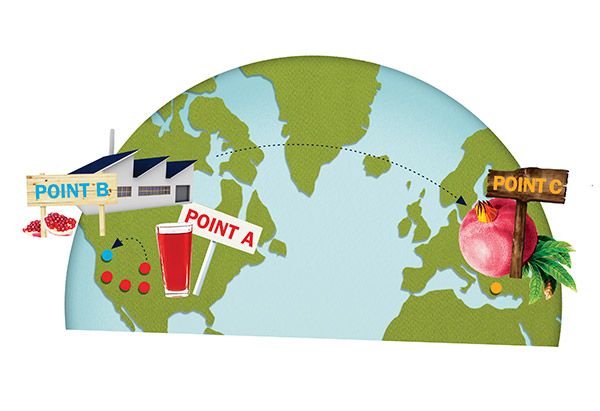How to Protect Yourself from Food Poisoning

Illustration: Ciara Phelan
PAGE 3
Tracking an Outbreak
Here's how CDC officials, along with the FDA and other public health agencies and experts, found the culprit in the recent hepatitis A outbreak and helped stop the contamination from spreading.Point A
In May, state health departments in Colorado and New Mexico received reports of cases of hepatitis A. By analyzing blood samples from infected patients, the CDC determined that the patients had a strain of hep A common in North Africa and the Middle East. Interviews revealed that all the patients had eaten a frozen berry blend, containing pomegranate seeds, that was purchased at the same food chain.
Point B
In Oregon, FDA officials did a thorough sweep of the plant that produces the blend. "In any outbreak investigation, we review records, collect samples, and look for potential sources of contamination at the processor," says FDA official Theresa Eisenman. "Multiple factors led us to believe the source of the outbreak was from an ingredient of the frozen berry blend, rather than contamination at the facility."
Point C
CDC officials determined the sources of all ingredients. As it happened, the pomegranate seeds were the only ones imported from the Middle East—the company was located in Turkey. Future shipments were swiftly detained.
Cheryl Platzman Weinstock is a science writer based in Connecticut.
More on Healthy Living



